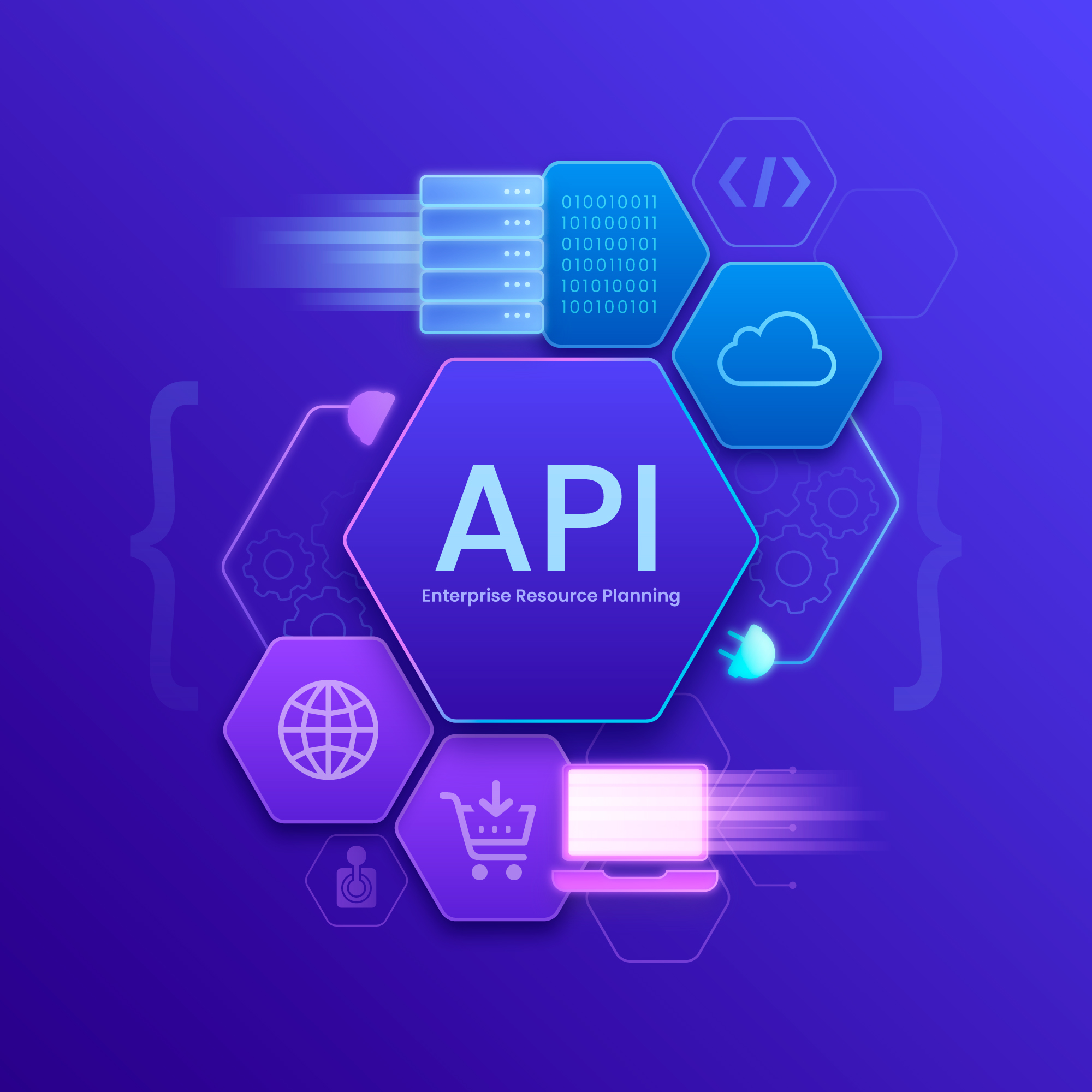
The API Revolution: Driving the Future of Digital Transformation
In today’s interconnected digital world, Application Programming Interfaces (APIs) have emerged as the foundation of modern innovation. While most people never directly interact with an API, they experience its impact every single day. Whether it’s ordering food through an app, making an online payment, or accessing cloud-based services, APIs are quietly running behind the scenes to ensure smooth communication between systems.
This silent yet powerful technology is transforming how businesses, developers, and users interact with the digital ecosystem.
What Exactly Are APIs?
APIs, short for Application Programming Interfaces, are structured sets of rules and protocols that allow software applications to talk to each other. Think of an API as a translator that enables two different systems, written in different “languages,” to exchange information seamlessly.
For example:
When you use a travel booking site to compare flight prices, the site uses APIs to collect data from multiple airlines.
When you log into an app with your Google or Facebook account, APIs make the authentication possible.
When you send money using UPI or PayPal, APIs handle the secure communication between your bank and the payment service.
In short, APIs are the digital glue binding together today’s online services.
The Rise of API-First Development
Over the last decade, businesses have shifted toward an API-first approach. Instead of building a complete product and adding integrations later, companies now design APIs at the very start. This approach allows them to create scalable, flexible platforms where different services can be connected easily.
Tech giants like Google, Amazon, and Microsoft have built entire ecosystems powered by APIs. Amazon Web Services (AWS), for instance, offers thousands of APIs that developers can use to build and scale cloud-based applications. Similarly, social media platforms like Twitter and LinkedIn rely heavily on APIs for data sharing and third-party integrations.
Key Trends Shaping the API Landscape
The API industry is not static—it continues to evolve rapidly. Some of the most important trends include:
GraphQL Adoption
Many developers are shifting from traditional REST APIs to GraphQL, a query language that gives more control over data retrieval. This reduces network load and improves performance, making it popular among modern applications.
Microservices Architecture
Organizations are breaking down large applications into smaller, independent services. APIs act as the connectors between these microservices, enabling better scalability and faster updates.
AI-Powered APIs
Artificial Intelligence is being delivered as APIs. From natural language processing to image recognition, companies like OpenAI, Google Cloud, and IBM Watson provide AI functionalities via APIs, making it easier for businesses to integrate advanced capabilities.
API Security
As APIs become more widespread, they are also prime targets for hackers. This has led to a stronger focus on API authentication, encryption, and monitoring to prevent data leaks and unauthorized access.
Real-World Impact of APIs
The influence of APIs extends across multiple industries:
Banking & FinTech: APIs power real-time payments, digital wallets, and financial analytics. In India, UPI transactions are a prime example of how APIs revolutionized the payment landscape.
Healthcare: Secure APIs are used to share patient data across hospitals, labs, and telemedicine platforms, improving collaboration and treatment.
Retail & E-Commerce: APIs handle everything from product listings and payment gateways to delivery tracking systems. Without APIs, large e-commerce platforms would collapse.
Education: Learning management systems (LMS) integrate APIs for video streaming, payment systems, and virtual classroom tools.
Enterprise Software: SaaS products like Slack, Salesforce, and Zoom thrive because APIs allow them to connect with thousands of third-party tools.
Expert Perspectives
Industry experts believe that APIs are no longer just tools for developers—they have become strategic assets for businesses. According to market analysts, companies that adopt an API-first strategy are able to expand faster, reduce costs, and improve customer experiences.
Priya Mehta, a digital transformation consultant, explains:
“APIs allow organizations to move away from rigid systems. With APIs, businesses can integrate cutting-edge technologies—like AI and cloud computing—without starting from scratch. This flexibility is what keeps companies competitive in today’s fast-moving digital economy.”
The Business Value of APIs
From a business perspective, APIs generate new revenue streams and partnerships. For example, companies can offer their APIs to third parties, creating marketplaces where external developers build services on top of their platforms.
The global API economy is estimated to grow exponentially, with billions of dollars generated from API-driven ecosystems. Gartner predicts that by 2027, 70% of digital businesses will treat APIs as primary business assets, rather than just backend tools.
The Road Ahead
Looking into the future, APIs will become even more critical. With the rise of IoT (Internet of Things), APIs will connect millions of devices, from smart homes to self-driving cars. In the workplace, APIs will drive automation, helping businesses save time and improve productivity.
Furthermore, as generative AI and advanced cloud platforms continue to grow, APIs will be the delivery channels for these innovations. Students and IT professionals who master API design, integration, and security will have some of the most in-demand skills in the job market.
Conclusion
APIs may not always be visible, but they are the invisible power behind our digital lives. From banking to healthcare, from education to e-commerce, APIs are enabling seamless interactions and powering innovation.


